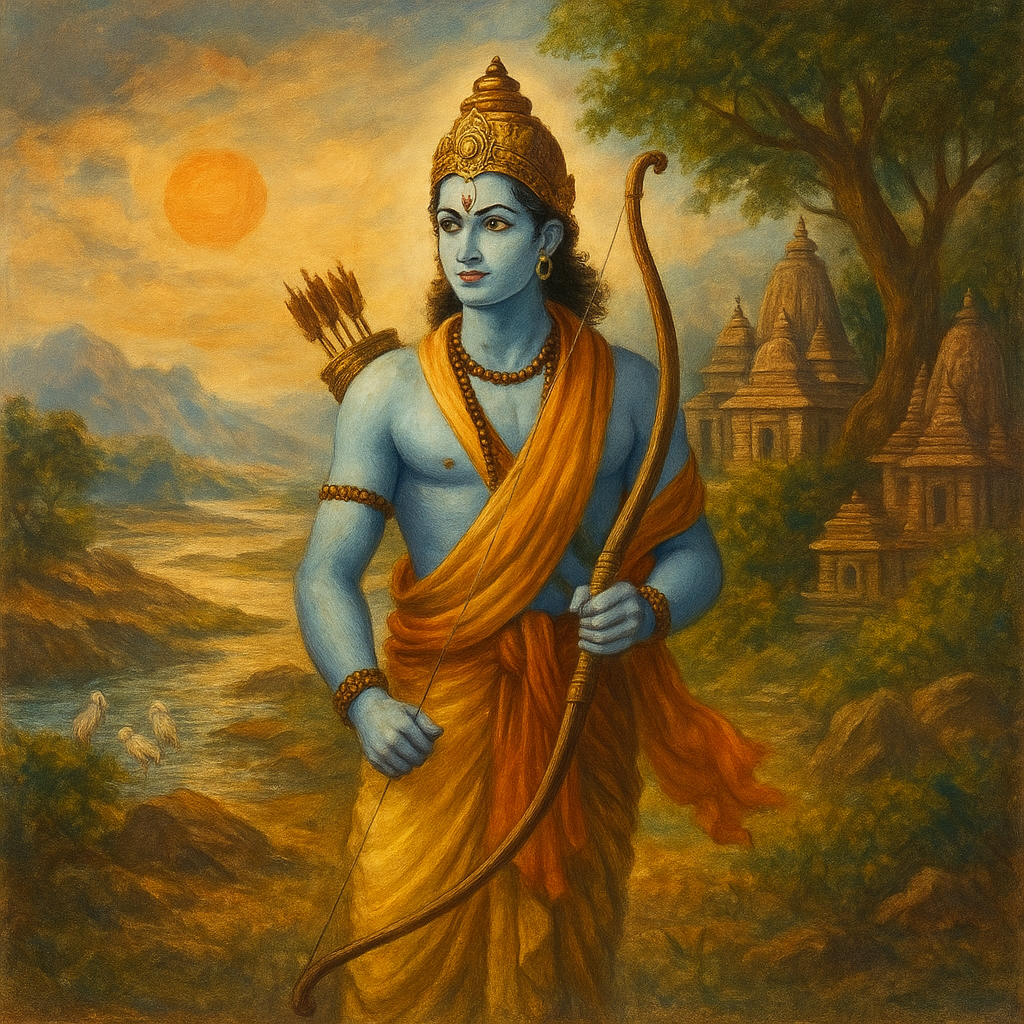What Is The Meaning Of The Pongal Festival & Why Is It Celebrated?
Pongal is one of India’s grand festivals, is a harvest festival primarily Marked in Tamil Nadu. Why we celebrate Pongal festival is Pongal is thanksgiving to Nature. The festival is traditionally known as Thai Pongal. ‘Thai’ means ‘tenth’ (10th month) and ‘Pongal’ means ‘to boil’. The festival is celebrated in the month of Thai (January-February) during the time when rice and cereals such as sugar-cane, and turmeric are harvested by the farmers.
When Is Pongal? Date & Time
Thai Pongal on Wednesday, January 14, 2026
Thai Pongal Sankranti Moment - 03:13 PM
Makar Sankranti on Wednesday, January 14, 2026
Mid-January (14th to 17th) is regarded as the most important time in by the Tamilians. This harvest festival falls generally on the 14th or the 15th of January and is the essentially known as ‘Tamil Festival'. Locals in the state say 'Thai pirandhaal vazhi pirakkum' meaning ‘the dawn of the month of Thai will pave the way for new opportunities’. It means it is the time when one must forget past issues and believe that family problems will be solved. Pongal month is customarily regarded as the month of weddings.
Importance & Significance of Pongal Harvest Festival
Day 1: The first day of Ponag is significant as on this day Lord Indra is worshipped. It is known as Bhogi festival. The Vedas describe Lord Indira as the thunder god who brings forth rains. Indra has been worshipped for cowherds for the abundance of harvest. Water (rains) is the symbol of life. Therefore bringing plenty of waters to the land means prosperity to the farming communities. An interesting event that takes place on the first day is dismissal of unusable household items. Householders offer the unusable articles into the bonfires. The bonfire is of wood and cow-dung cakes. Young women dance around the bonfire, singing songs praising the gods especially Indra, the spring and the harvest.
Day 2: The second day witnesses the performance of a puja that involves boiling of rice in milk outdoors in an earthenware pot offered to Surya, the sun-god along with other oblations. Traditional dresses and colorations are the special features on this day. In the village, a turmeric plant is tied around the pot in which the rice grains are boiled. It includes the two sticks of sugar-cane in background and coconut and bananas in the dish. One popular act on this day is drawing ‘kolam’ (like Rangoli ), on the ground outside their home. It is traditionally formed in white lime powder.
Day 3: Mattu Pongal forms the 3rd day of Pongal. It is the day for cattle that are decorated with multi-colored beads, tinkling bells, sheaves of corn and flower garlands. Cattle especially cows are worshipped. Arati is performed on them, so as to ward off the evil eye. Story behind this celebration is that once Lord Shiva asked Basava the bull to tell the humans on earth that they should have oil massage and bath every day and have food once a month. Unintentionally, Basava announced the reverse; eating every day and taking oil massage once in a month. Lord Shiva cursed Basava to live on the earth forever; ploughing the fields and helping people produce more food. This day is associated with cattle.
Day 5: This day is known as Knau or Kannum Pongal day. People wash a turmeric leaf and keep it on the ground. After this, they keep the left overs of sweet Pongal, ordinary rice as well as rice (red and yellow), betel leaves and nuts, two pieces of sugarcane, turmeric leaves, and plantain on the turmeric leaf. This ceremony is performed before morning bath. Women around the leaf ask for the wellness of their husbands and families and then perform Arati their brothers with turmeric water, limestone and rice. Later on water of this mixture is is sprinkled on the kolam drawn outside the house on the ground.


-in-Astrology.jpg)






.jpg)




Comments 0
Leave your thought here